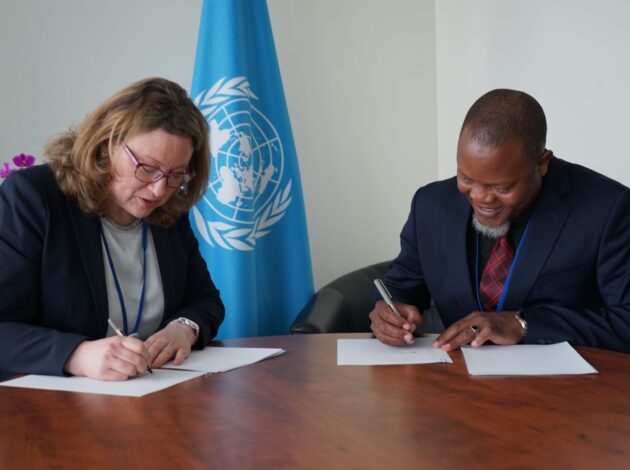Our population is changing and so is the way we measure it

Not only is the population changing in size and structure, the way we measure it is also changing. Mary Gregory explains what is driving population growth and the progress the Office for National Statistics is making to continually improve our population estimates so they best meet user needs.
Read more on Our population is changing and so is the way we measure it


